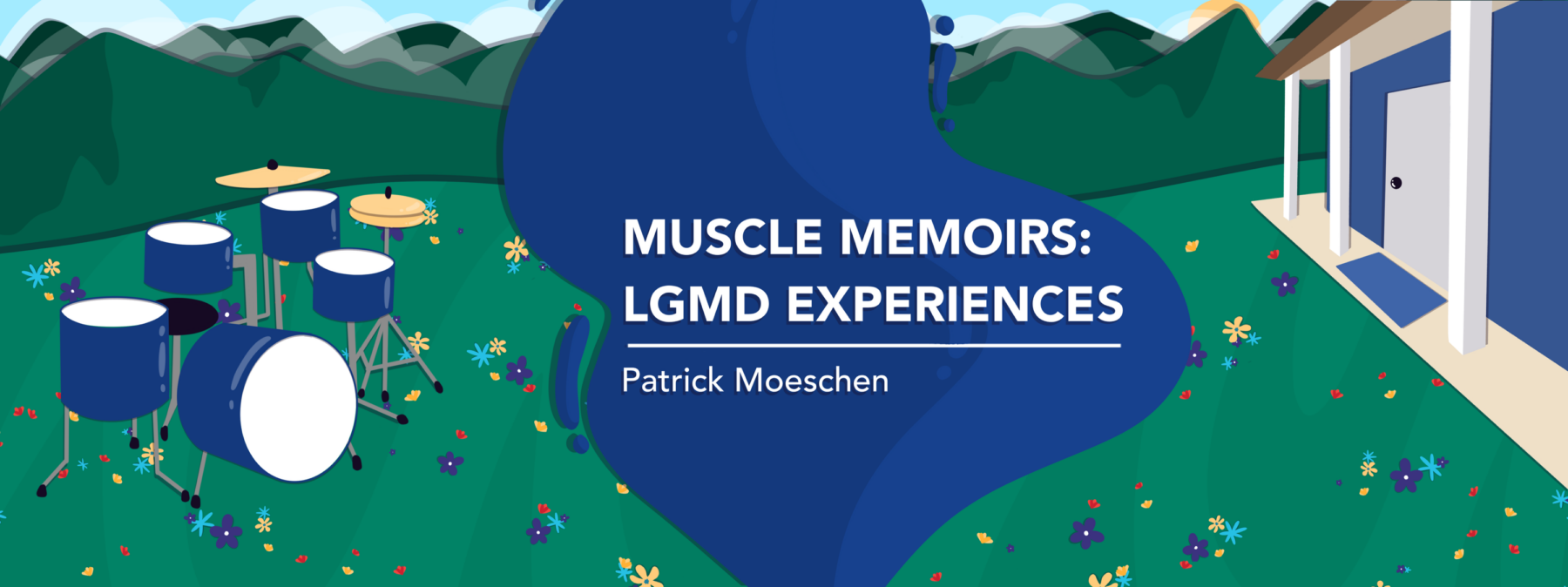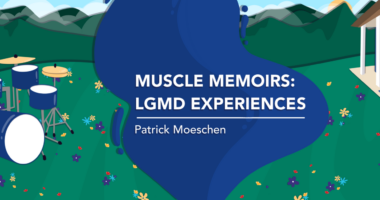How I measure my quality of life as someone with LGMD
There's no one formula that will work for everyone

Since I began writing for Bionews, the parent company of Muscular Dystrophy News Today, I’ve connected with many people living with chronic illness outside of my “comfort community” — those with forms of muscular dystrophy (MD).
While I live with limb-girdle MD, I have many friends who live with other types of MD. We all have challenges in common, such as physical barriers in public and disease progression that can cause problems with the heart and lungs. Many of us often wonder if we’ll live an average lifespan.
Outside of my comfort community, I’ve read many columns from people with conditions such as cystic fibrosis, spinal muscular atrophy, and multiple sclerosis. I’ve learned so much medical information, as well as how people advocate, educate, and thrive with various rare diseases.
Specifically, I’ve tried to learn as much as I can about the authors’ quality of life — a common thread in columns here. Let’s talk about that.
How do we measure quality of life?
First of all, it’s extremely hard to define quality of life, as it means different things to different people at different stages of life. That truth should give us pause.
Is there a way to measure the quality of one’s life? In 1998, the World Health Organization published a report that attempts to do so.
The report clearly states that there are too many variables and factors to arrive at a consensus, especially among different cultures and countries. These factors include pain, energy, sleep, environmental safety, social interaction, sex life, and spirituality. The report also notes that living with a disease affects how we define and measure our quality of life.
At the end, there’s a formula (which, in my opinion, looks like college-level math) that can be used to calculate quality of life. This is hogwash, I say, for two main reasons:
- Quality of life changes over time; it’s not static.
- We all have different worldviews that affect our perception of our quality of life.
The second one is where I find the most beauty. I spend my days using a power wheelchair, and at night I use a BiPAP machine to help me breathe. I need help dressing, bathing, eating, and going pretty much anywhere in public. Others may think this amounts to a poor quality of life. They’re wrong. As someone thriving with a rare illness, I believe my quality of life is wonderful, because I get to define it.
Are things always rosy? Of course not. But I have a wonderful support system and have learned to live at my own pace while enjoying every moment that I’m here. What more does one need?
Don’t let anyone dictate your quality of life according to a bunch of checkboxes. Everyone must decide what a good life looks like for themselves. I believe that you can boost your happiness by determining what’s best for you as you journey through life.
Note: Muscular Dystrophy News Today is strictly a news and information website about the disease. It does not provide medical advice, diagnosis, or treatment. This content is not intended to be a substitute for professional medical advice, diagnosis, or treatment. Always seek the advice of your physician or another qualified health provider with any questions you may have regarding a medical condition. Never disregard professional medical advice or delay in seeking it because of something you have read on this website. The opinions expressed in this column are not those of Muscular Dystrophy News Today or its parent company, Bionews, and are intended to spark discussion about issues pertaining to muscular dystrophy.







Fernando Mafra Fazan
Muito bom ler esse tipo de matéria.
Sou Pai de um portador de LGMD 2E hoje ele tem apenas 12 anos.
É um menino que se dedica a musica também.
Sei o quanto a musica pode transformar a vida de uma pessoa.
Mary Ognibene
I have significant problems identifying my quality of life on not only a daily basis, but sometimes hourly. I have so many ups and downs. I do have good support, however it is based almost entirely on what they can do for me. Getting around, cooking, cleaning taking me to and from PT and doctors appointments. The actual support I need is understanding, real understanding, which requires listening.
Although my situation is no where near what you and others face, quality of life is not seen.
Any suggestions
Vicki Ricker
Patrick, I was diagnosed with Polymyosist in 2003 which was the wrong diagnose.In 2020 I saw a new Neurologist which told me I have Limb-Girdle MD (I think she said 2B)Its hereditary.I have lost my driving, my job,my now my walking.I too use a power wheelchair.I also need help with bathing,dressing,washing my hair,laundry,trash.I do my best to concentrate on what I am able to do like housework,dishes.I have good days and bad days.I use a Bi-Pap machine too.I have lost a lot of my independence which has been very important to me.I am 64 yrs.old.